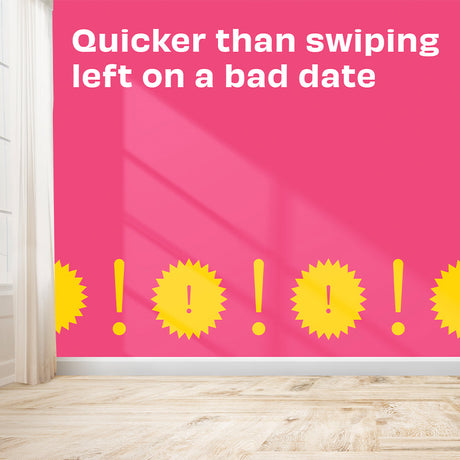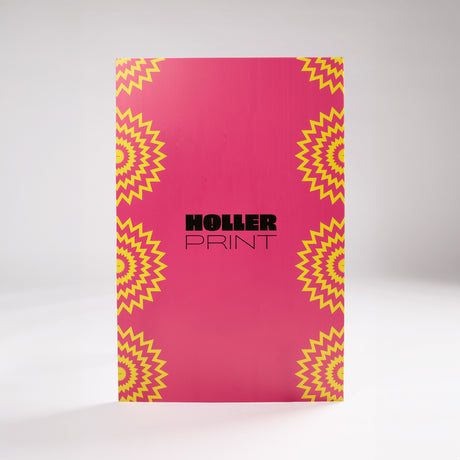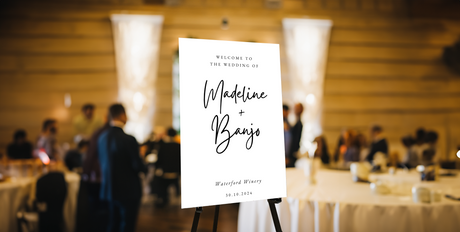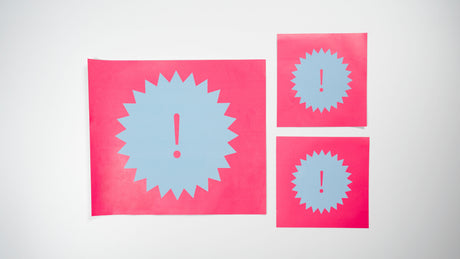Large format signage designs are a key component of effective visual communication. Whether you’re creating a banner, poster, or sign, your design needs to be eye-catching and effective. Here are some tips to help you design a print that really stands out:
First, you need to contextualise the sign before it is designed, some important questions to ask yourself during the process are as follows:
- What is the right type of sign for my business?
- How do I get the right size sign?
- What is my sign going to be made out of?
- How much will my sign cost?
After you’ve found the answer to these questions, the last step is to begin designing your sign.
Keep Your Message Simple and Legible
To maximise the impact of your sign, keep your message simple and easy to understand. Choose a font size that is large enough to be visible to your intended audience, and avoid overly complex or decorative fonts.
Remember when designing, people naturally read left to right and top to bottom (in most western cultures) meaning you’ll want your most important information or eye capturing images at the top and/or left of your signage (depending on your designs)
Create Contrast for Maximum Visibility
Colour psychology plays a critical role in design. Use colours that are consistent with your brand and evoke the right emotions. Bright and bold colours are ideal for grabbing attention, while muted colours are more subtle. A consistent palette across all signage exudes professionalism and creates a great image for your brand.
High contrast between the text and background colour can make your sign stand out and catch the attention of passersby. Choose complementary colours and bold, legible lettering to create the maximum visual impact.
Select the Best Substrate for Your Needs
Printing substrate refers to the surface or material that is being printed on. The substrate on which your sign is printed or mounted can greatly affect its legibility and durability. Take into consideration the environment where the sign will be displayed and choose a substrate that can withstand the elements.
Opt for Vector File Types for Logos
Nobody wants a blurry image as their logo, so when you are including a logo in your sign design, it is important to use a vector file type. Vector files are created using mathematical equations, making them easily scalable without sacrificing quality. Examples of vector file types include .AI, .EPS, and .SVG.
Use High-Quality Images
The quality of your images will make or break your design. Use high-resolution images that are sharp and clear. Poor quality images can detract from your design and make it less effective.
Our online sign editor has in-built features to indicate whether or not your images are of a high enough quality for the large format prints. Take this into consideration when building out your signs.
Test Your Design
Before you print your design, test it to ensure it is effective. Get feedback from colleagues or even conduct a focus group to see how your design is received.
And that's it! by following these tips, you can create effective sign designs that help to increase brand awareness and attract new customers. Still a bit on the fence about what to do? Don’t worry - our custom design editor comes with multiple pre-installed sign templates that just allow you to drag-and-drop your logo in and you are good to go. Give it a try now!






